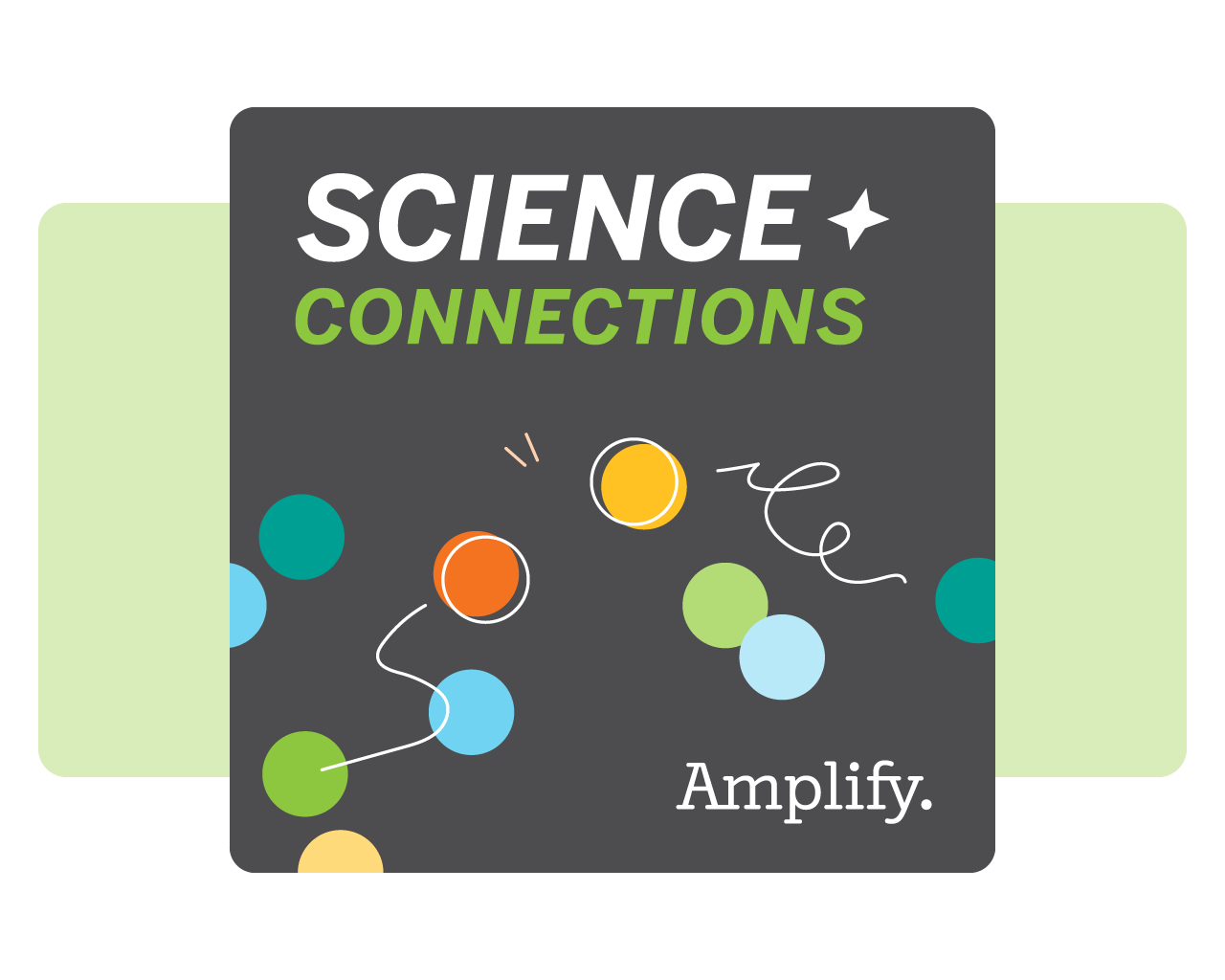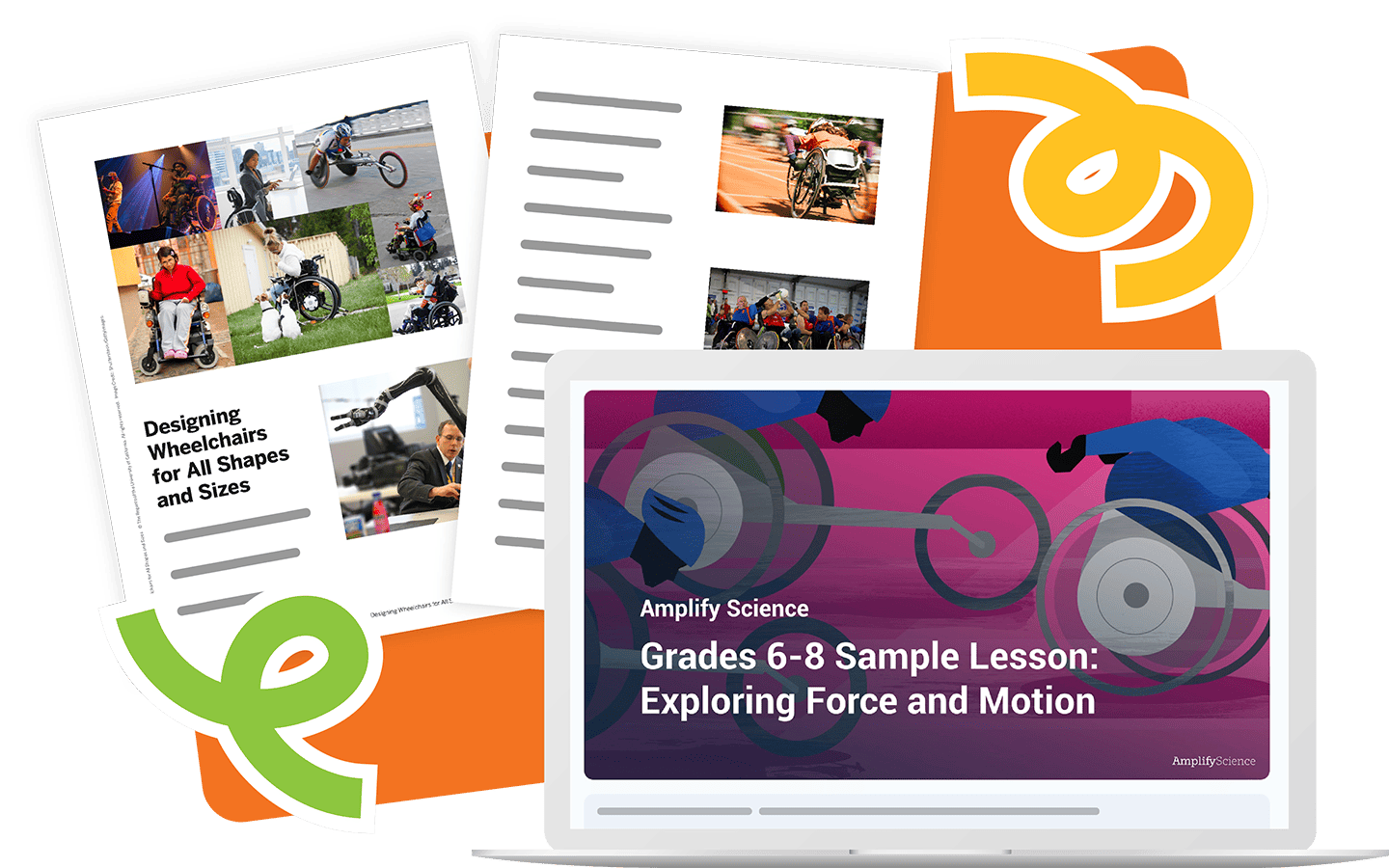
We’ve talked about how scientists need literacy skills in order to be scientists. They can’t do their jobs without reading, writing, listening, and communicating.
Our recent webinar Science Connections: Science and Literacy explored this intersection from a broader level: the power of language in the science classroom.
How can science teachers remove language barriers to make sure all students are able to access prior knowledge—and acquire more? And how can teachers leverage language to create optimal learning conditions for their science students? Why should they?
Let’s find out what webinar co-hosts Eric Cross and Susan Gomez Zwiep, Ph.D., had to say!
Language and science sense-making
Contrary to stereotype, scientists aren’t just loners in labs. Susan Gomez Zwiep, former middle school science teacher and senior science educator at BSCS Science Learning, credits a colleague with this pearl: “If I’m just doing science myself, and not talking to anybody, that’s not science. That’s just me in my head.”
So science teachers need to give students every possible opportunity to get out of their heads. And if language is a barrier—whether students are learning English, or challenged by science vocab—teachers can help remove it.
This principle is especially important in the context of phenomena-based learning, says Gomez Zwiep. “Rather than telling students ideas, and then proving those ideas correct by showing them a phenomenon, we show them the phenomena and engage them in science sense-making to develop that understanding,” she says. “Language is central to science sense-making and communicating that sense-making.”
Students also bring their prior knowledge to scientific sense-making. And, as Gomez Zwiep points out, prior knowledge is often embedded in the language a student uses at home, or just their own non-scientific vernacular. “I have to use that when I first engage with the phenomenon,” she says. “Otherwise, I’m limiting the resources that kids bring to the learning environment.”
Language in a “safe” science classroom
“If I had to learn science in my second language, I would be struggling with not only everyday vocabulary, but also content-specific vocabulary,” says Eric Cross, host of Amplify’s Science Connections podcast. “You would never actually know what I knew or what I was bringing to the table.”
The goal is to create an environment where students feel comfortable exploring, using whatever language is accessible to them, and then guiding them to conclusions—and precise scientific language. “A classroom requires trust. It requires relationship building,” says Gomez Zwiep. “If a student is worried about saying something a particular way, that’s where all their cognitive energy is going instead of actually talking about the science.”
The key? Put scientific ideas first, and the language will come. “We used to wait until kids had English in order to learn science. And now we’re starting to see that language emerges from learning experiences,” says Gomez Zwiep. “So it’s a product of learning, not a prerequisite.”
Literacy in your science classroom
You can integrate science and literacy right away, starting with free science and literacy lesson samples from Amplify Science.
Explore more:
Science blogs
- “Science or literacy instruction? You don’t have to choose!”
- “Instructional strategies for integrating literacy into your science classroom”
Science Connections podcast episodes
- S3, E2: How science strengthens literacy and language development
- S3, E3: Instructional strategies for integrating science and literacy

